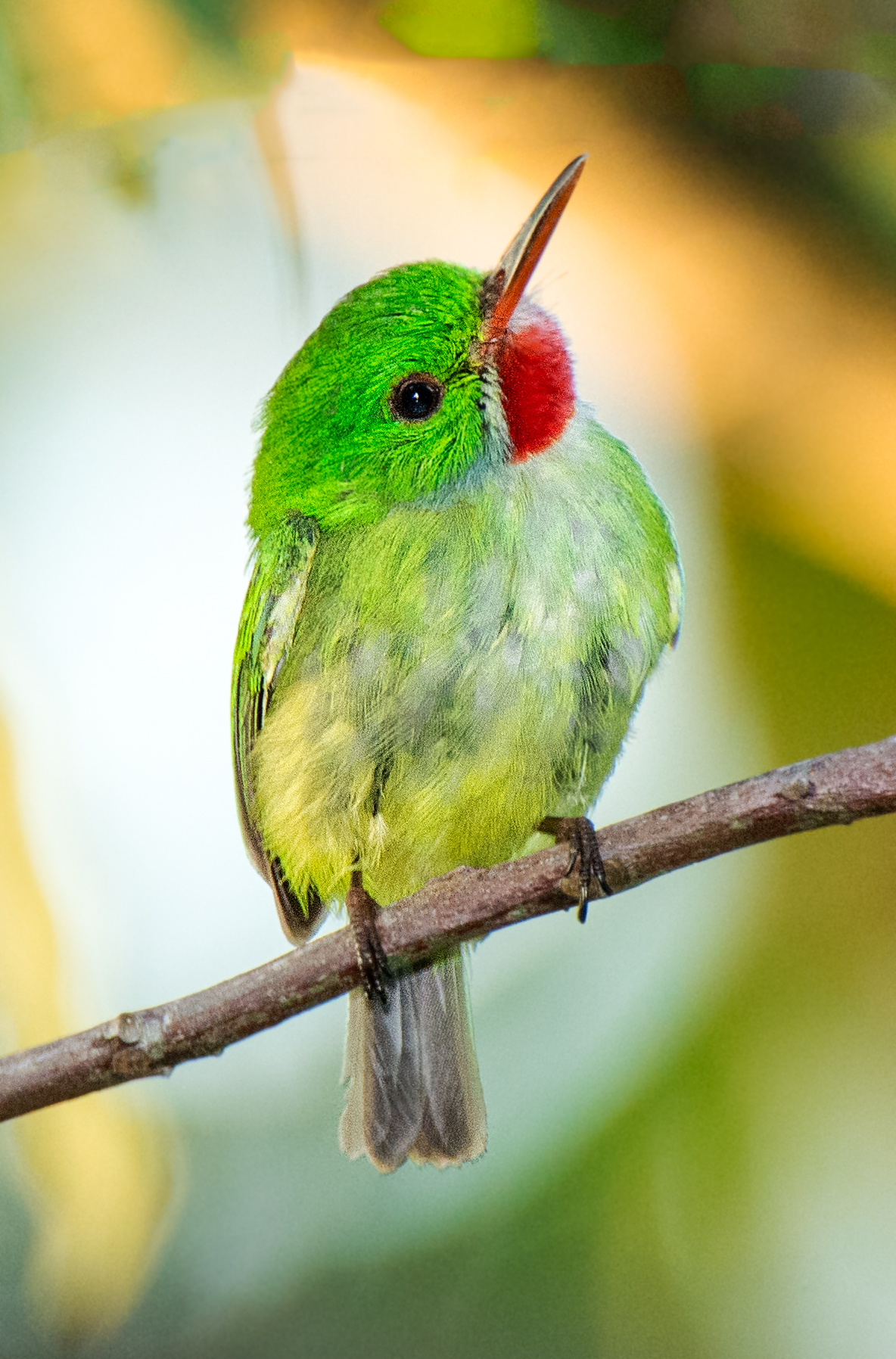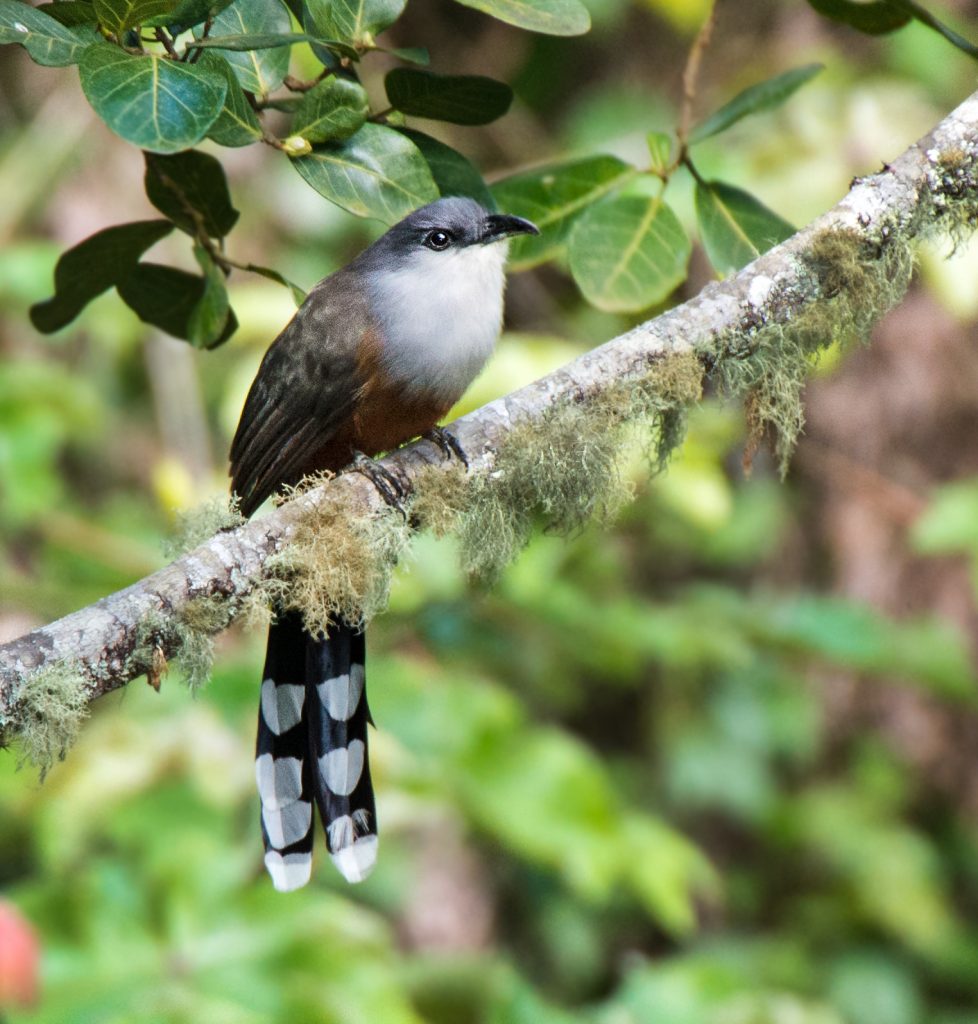
Jamaica is a rich, vibrant island with a colorful history, culture, and natural beauty. Nowhere is that beauty more apparent than in Jamaica’s amazing birdlife, particularly the 28 bird species that can be seen nowhere else in the world. Though Jamaica may seem small – by square miles, it is smaller than the state of Connecticut – it packs a diverse punch for both birding and photography. From quiet beaches and tranquil lagoons to rugged mountains, deep canyons, sprawling jungles, and broad wetlands, every part of the island offers stunning vistas and outstanding birds.
Choosing the Best Bird Photography Locations
In fact, Jamaica has so much to see, it can be overwhelming to choose the best photography spots for the best birds. Staying at an eco-lodge is the ideal option for both birders and photographers. These properties take great pride not only in their country, but also in all their island’s natural beauty. Well-tended gardens and conscientious practices ensure each property nurtures that beauty and creates spectacular opportunities for seeing and photographing birds.
Furthermore, the local staff at eco-lodges often have intimate insights into nearby birds. Once they realize a visitor is interested in photographing birds, they’re eager to be helpful. If not for a friendly housekeeper at Hotel Mockingbird Hill, I might never have seen the Jamaican owl roosting just 100 feet from my room, one of only two owl species on the island, and one of those coveted endemic birds.
Destination: Eco-Tourism and Birding
Of course, it would be a shame not to visit some of Jamaica’s amazing birding hotspots, such as Ecclesdown Road, Cockpit Country, or Hardwar Gap. Some of the very best spots for specialty birds and endemics can be hard to reach, however, and that’s where the services of a knowledgeable guide are essential. I had the great privilege to work with Lyndon Johnson, a passionate forest ranger and amazing birder with keen eyes and birding knowledge to rival any field guide.
With such expert guidance, any bird photographer can have spectacular opportunities to capture once-in-a-lifetime photos. Guides know precisely where to go, when to get there, and what birds to expect, and can tailor a trip for an unforgettable experience.
For certain, I will never forget my time in Jamaica, and every photo of these beautiful birds is a fond reminder of that charismatic island. I hope that by sharing that beauty with others, more birders and photographers will be inspired to visit Jamaica for their own experiences to enjoy and protect the birds, culture, and beauty that can be found nowhere else






